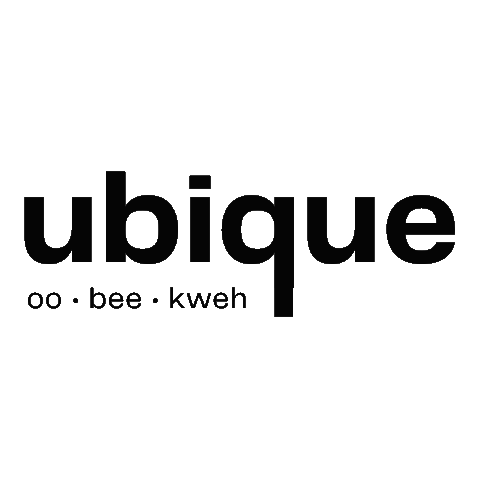The Solution is Public Transport
Source: Bendigo Advertiser
No matter where you live in Melbourne, you’ve probably noticed the increase in roadworks recently. The Chandler Highway, The M80 Ring Road, Hoddle Street, and the Tullamarine Freeway, to name a few, are being either expanded or restructured, much to the annoyance of the public who have to wait in ridiculous queues of traffic. The amount of roadworks far outstrips the current work on public transport, with the one notable works being undertaken being the Metro Tunnel Project, which will only start functioning in 2025.
Traffic in Melbourne is the worst in Australia. The average daily commute time for Melburnians is thirty-nine minutes, compared to thirty-seven elsewhere. How to reduce Melbourne’s bad traffic is a hot debate in Melbourne, as traffic conditions worsen with Melbourne’s population growth at an all-time high. The two ways to reduce it are to create more public transport options and increase public transport services, or create more roads and freeways to try to ‘build our way out of congestion’. The Government is prioritising the road option, which is far inferior to spending on public transport.
There is evidence that expansion of road networks only serves to increase the amount of people driving, so that congestion remains the same. It’s based on the concept of induced demand, the idea that increasing the supply of something serves to make people want it more, in this case being roads. This is based on evidence: From 1986 to 1991, the Sydney Harbour Bridge carried a volume of around 180,000 cars daily. The Sydney Harbour Tunnel opened in 1992, and the total volume of traffic crossing the harbour increased in 1995 to almost 250,000 vehicles per day, an increase of 38% when population growth was at 4%. Building more roads simply encourages people to use roads more, and contrary to intuition, results in similar or sometimes even worse congestion. Some respite from congestion might occur in the short term, but in the long term, congestion remains the same. Adam Mann, from American magazine ‘Wired’, explains it well: “The answer has to do with what roads allow people to do: move around. As it turns out, we humans love moving around. And if you expand people’s ability to travel, they will do it more, living farther away from where they work and therefore being forced to drive into town. Making driving easier also means that people take more trips in the car than they otherwise would. Finally, businesses that rely on roads will swoop into cities with many of them, bringing trucking and shipments. The problem is that all these things together erode any extra capacity you’ve built into your street network, meaning traffic levels stay pretty much constant. As long as driving on the roads remains easy and cheap, people have an almost unlimited desire to use them.” Expansion of roads can also worsen traffic if the expanded road feeds into a bottleneck, so that more cars are squeezing through the bottleneck.
Public transport, on the other hand, can only improve traffic congestion. Improved public transport, including more buses and rail lines, takes cars off the road. One Metro train takes around 800 cars off Melbourne roads, and a full bus takes off around 50 cars. It is also far more environmentally friendly than using cars, as carbon emissions are reduced significantly by the reduction of cars.
It is also proven to be cheaper to take public transport than cars. With new roads can also come tolls. The West Gate Tunnel, an upcoming road project is to be mostly financed by Transurban, a toll road company which owns most of Melbourne’s toll roads. The current Labor government promised in 2014 a $500 million expansion of the West Gate Bridge, which would involve truck on and off lanes, Labor instead made the $5.5 billion plan for the West Gate Tunnel in conjunction with Transurban, which involved Transurban funding two thirds of the project in return for 12 extra years of tolls on CityLink, so one can’t be blamed for thinking that the splurge on roads is partially for political benefits and not in the public’s best interests.
Using cars is also generally more expensive. According to SRG Finance, a Hyundai i30’s yearly standing cost is around $5,668 (taking into account fuel costs, registration and servicing, and parking), while a Myki Yearly Pass costs only $2,210. And for larger cars the costs are worse; standing costs for large cars valued over $35,000 was estimated to be $12,165 dollars, costing $233 a week.
More public transport, however, won’t make people use it more. Methods of forcing people out of their cars and onto public transport are needed to really lower congestion. One idea that has been used to great effect is congestion taxes, which are taxes on drivers for using heavy-congestion roads at peak times, which are removed at non-peak times. These rules have been implemented in cities such as London and Singapore, and have been proven to reduce peak hour traffic, as well as improve usage of road capacity in non-peak hours. Higher parking costs also decrease people’s willingness to drive and not take public transport. The CBD parking levy is roughly half in Melbourne what it is in Sydney, which would contribute to only 16% of Sydney workers driving to work compared to 29% of Melburnians.
The Victorian Government needs to get on with what Melbourne needs: less roads, and more public transport. Public transport is proven to get more people off roads, reducing congestion, carbon emissions and travel costs for Australians.
Louis Martin



